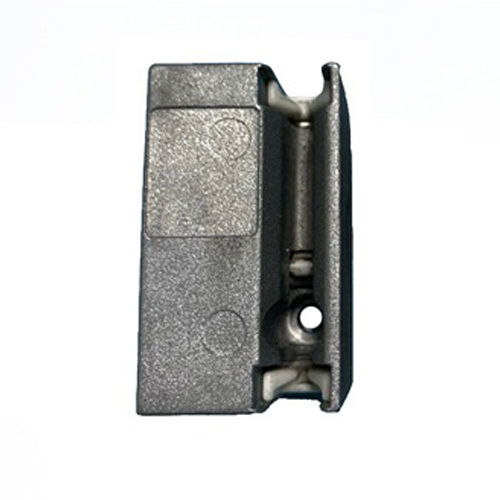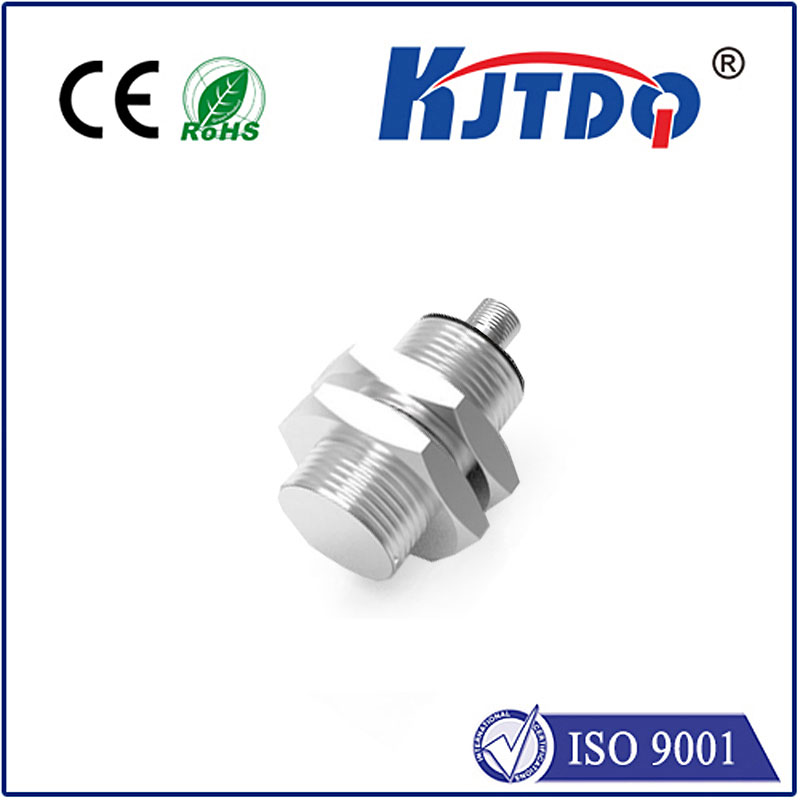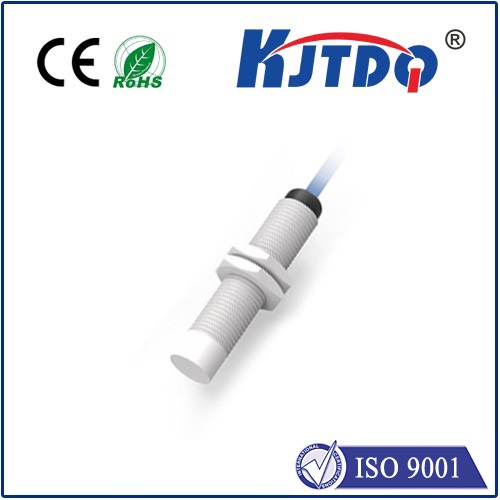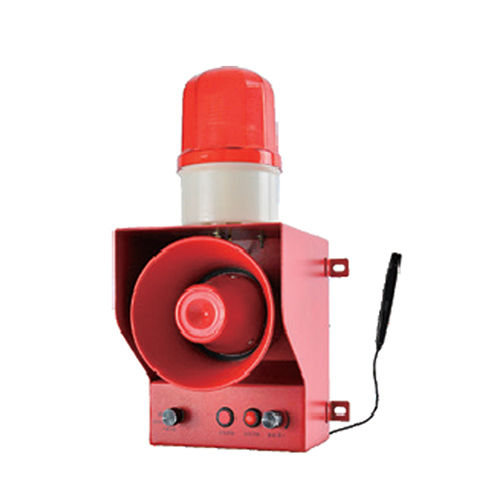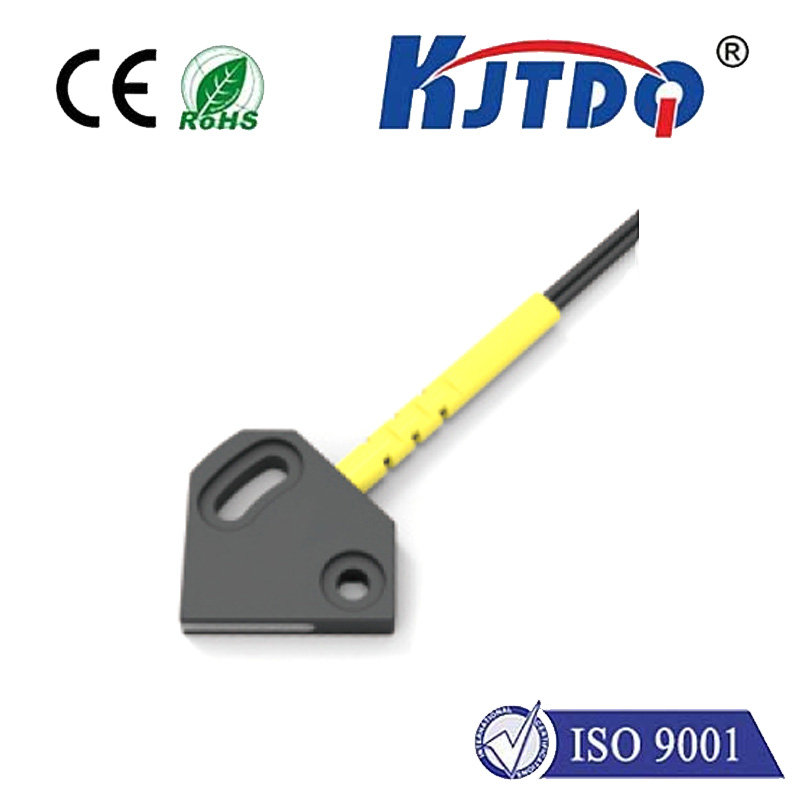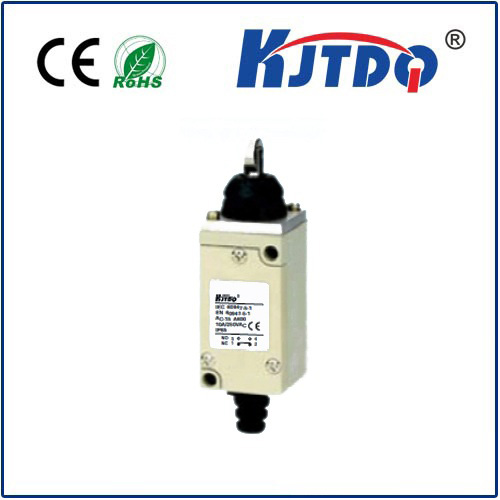Датчик приближения 18 мм pnp
- time:2025-07-15 08:26:11
- Нажмите:0
18mm PNP Proximity Sensors: Precision Detection for Tight Industrial Spaces
The relentless drive for efficiency and reliability in modern manufacturing hinges on automated systems knowing exactly where things are. That’s where proximity sensors step in, acting as the silent, tireless eyes of countless machines. Among the diverse array of options, the 18mm PNP proximity sensor stands out as a remarkably versatile and widely adopted solution, particularly favored for its combination of compact size, robust performance, and intuitive wiring. If your application demands precise, non-contact detection within constrained spaces, understanding the strengths of this specific sensor is crucial.
Decoding “18mm PNP Proximity Sensor”
Let’s dissect the key components of the term:
- Proximity Sensor: These are electronic devices that detect the presence or absence of an object without physical contact, typically using electromagnetic fields (inductive type, common for metals), capacitive fields, ultrasonic waves, or photoelectric principles. They offer significant advantages over mechanical switches, including longer lifespan, immunity to dirt and contamination, high-speed operation, and silent functioning.
- 18mm: This signifies the diameter of the sensor’s cylindrical barrel. It’s a crucial dimension dictating the size of the mounting hole required. The 18mm form factor strikes an excellent balance, offering robust sensing capabilities while remaining compact enough to fit into relatively tight spaces where larger sensors (like 30mm) wouldn’t be feasible. This size is prevalent across countless industrial applications.
- PNP: This refers to the type of output transistor within the sensor. PNP (Positive-Negative-Positive) sensors are also known as “sourcing” sensors. When an object enters their detection range, the PNP output transistor switches on, effectively connecting the load (like a PLC input) to the positive supply voltage (+V). Put simply: No target = Output OFF (Open Circuit). Target detected = Output ON, supplying +V to the load.
Why Choose an 18mm PNP Proximity Sensor?
This specific combination of size and output type delivers tangible benefits:
- Compact & Space-Efficient: The 18mm diameter allows installation in locations with limited real estate, such as within robotic grippers, on compact machinery frames, or inside densely packed control panels.
- Robust Sensing Performance: Despite their size, modern 18mm sensors offer substantial sensing ranges (typically 2mm to 8mm for standard inductive models), excellent repeatability, and resilience against industrial environments involving shock, vibration, and common chemicals (often rated to IP67 or IP68).
- Intuitive Wiring (Sourcing): PNP wiring aligns naturally with many common PLC input modules prevalent in regions like Europe and Asia, where inputs are often designed to be “sinked” (connected to 0V/Com). Connecting the sensor’s output wire directly to the PLC input, and the PLC input’s common to 0V, provides a straightforward logic: Detect = +V Signal = PLC Input ON.
- Wide Voltage Compatibility: Most 18mm PNP sensors operate reliably on a broad DC voltage range (commonly 10-30V DC or 12-24V DC), offering flexibility in system design and power sourcing.
- Standardized Form Factor: Being a widely adopted size, 18mm sensors benefit from a vast ecosystem of compatible mounting accessories (brackets, nuts) and readily available replacement parts.
Key Technical Specifications & Considerations
When selecting an 18mm PNP proximity sensor, pay close attention to these critical parameters:
- Sensing Principle: Inductive (for metals) is most common for this size. Ensure it matches your target material. Capacitive (for non-metals, levels) or other types also exist in 18mm sizes.
- Sensing Distance (Sn): The rated operating distance for which the sensor is designed. For inductive sensors, this depends on the target size and material. An Sn of 5mm or 8mm is typical for standard inductive 18mm sensors. Always derate for non-standard targets.
- Output Configuration: Confirm it’s PNP NO (Normally Open) or PNP NC (Normally Closed). NO is most common: open circuit with no target, closes (sources +V) when detected. NC is the opposite.
- Voltage Range: Ensure compatibility with your control system’s DC power supply (e.g., 10-30V DC).
- Current Rating: The maximum current the sensor output can handle (e.g., 100mA, 200mA). Ensure this is sufficient for the load (PLC input current requirement, indicator lamp, relay coil, etc.).
- Switching Frequency: How rapidly the sensor can detect objects passing by (e.g., 0.5 kHz, 1 kHz, 5 kHz). Crucial for high-speed applications like parts counting or detecting objects on fast conveyors.
- Housing Material: Typically nickel-plated brass or stainless steel for durability and corrosion resistance.
- Protection Rating: Look for МП67 (protected against temporary immersion) or IP68 (protected against continuous immersion), essential for harsh or washdown environments.
- Connection Type: Cable exit (pre-terminated wires, varying lengths) or Соединитель (typically M8 or M12 3-pin or 4-pin connectors for easy replacement/disconnection). Ensure the connector pinout matches your mating plug/cable.
Prime Applications: Where the 18mm PNP Shines
The versatility of this sensor makes it ubiquitous across automation:
- Machine Tooling: Position verification of tool holders, workpiece clamps, slides, and turrets. Monitoring spindle position.
- Material Handling & Packaging: Detecting presence/absence of products on conveyors, counting boxes, verifying carton flap closure, controlling fill levels (with capacitive types). Position control on linear actuators.
- Robotics: End-of-arm tooling sensing (EOAT), verifying gripper open/close position, detecting workpiece pick/place within the gripper.
- Automotive Assembly: Positioning verification of components during assembly (doors, engines, transmissions), detecting pallet presence at workstations, monitoring cylinder position.
- Food & Beverage Processing: Monitoring moving parts on machinery (shaft rotation, valve position – often requiring stainless steel housings), detecting metal cans or lids on lines.
- General Machinery: Position feedback on cylinders, detecting machine guards are closed, sensing presence of pallets or fixtures.
Installation Tips for Optimal Performance
Maximizing the reliability and longevity of your 18mm PNP sensors involves proper setup:
- Mind the Sensing Distance: Install the sensor so the target approaches within its rated Sn (sensing distance), considering any mechanical tolerances or potential overtravel. Remember, the sensing range can be slightly less for non-ferrous metals.
- Respect Mounting Clearances: Inductive sensors generate a magnetic field. Maintain adequate clearance (lateral and flush-mount) between the sensor’s active face and surrounding metal structures as specified in the datasheet to prevent interference.
- Secure Mounting: Use the provided hex nut firmly to prevent vibration from loosening the sensor. Vibration-dampening mounts might be needed in extreme cases.
- Wiring Correctly (PNP): Connect the Brown wire (+V), Blue wire (0V/GND), and Black wire (PNP Output) to the corresponding points in your system. The load (PLC input, relay) connects between the Black wire and 0V. A protective diode (flyback diode) across inductive loads (relays, solenoids)


